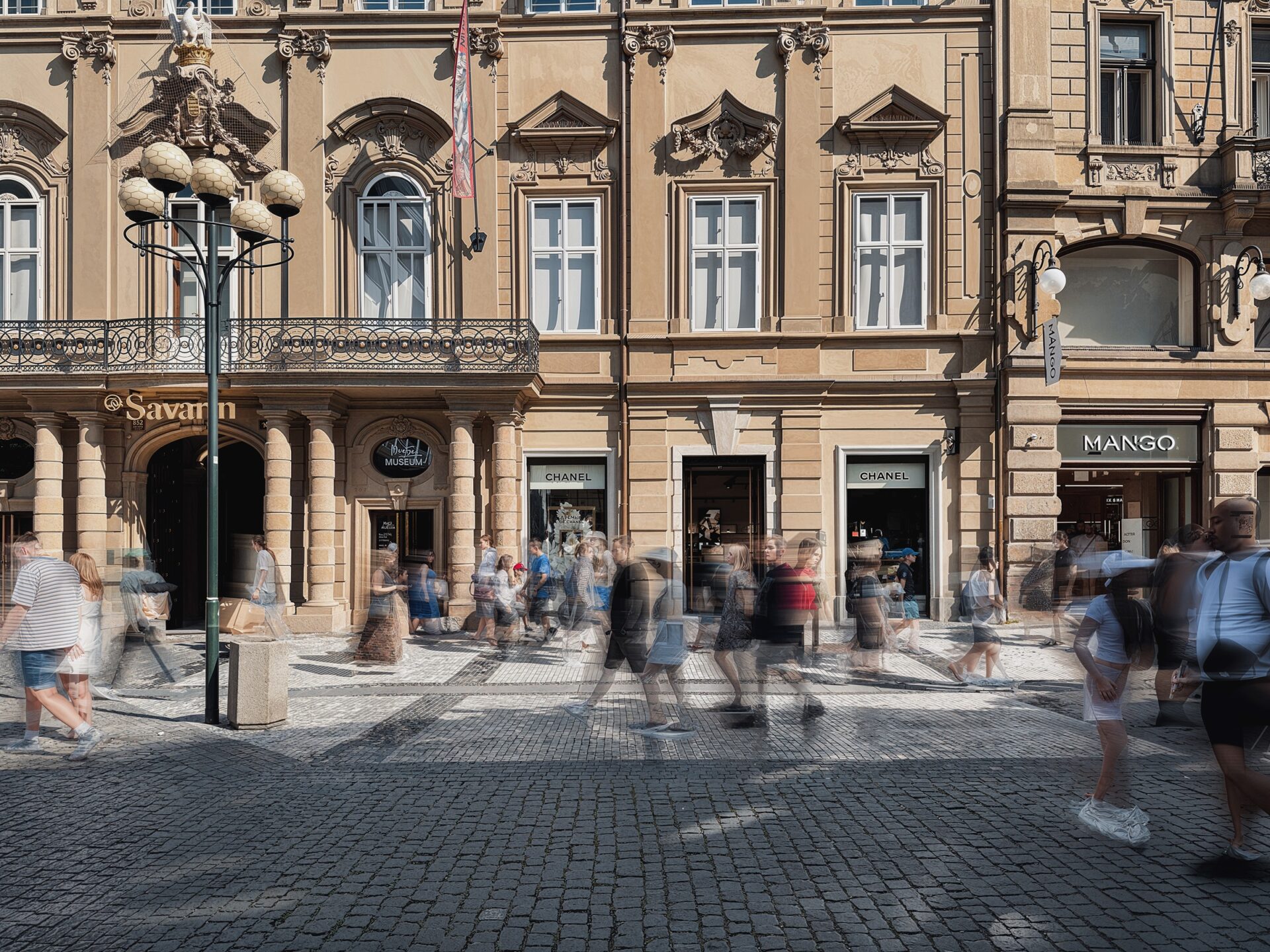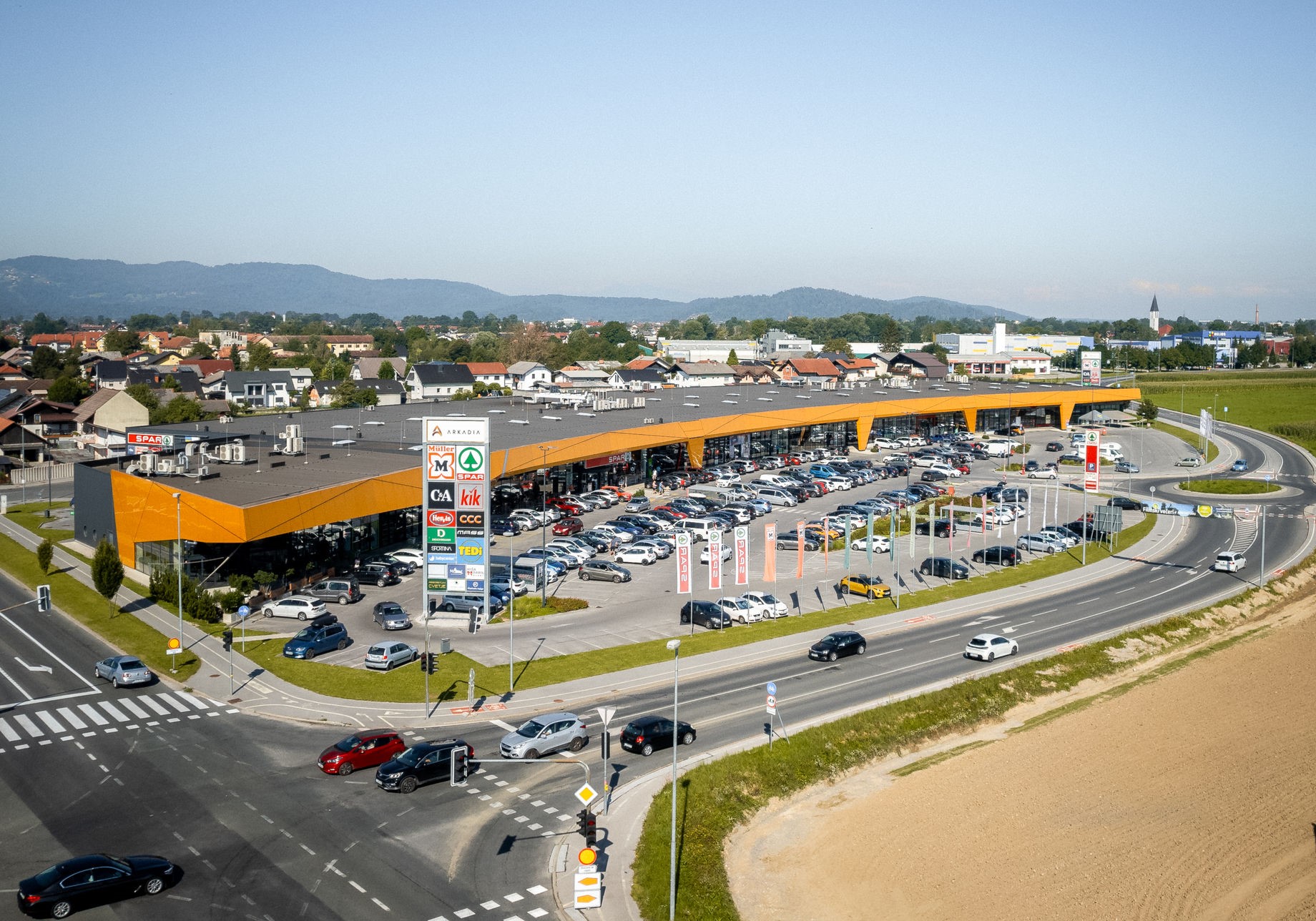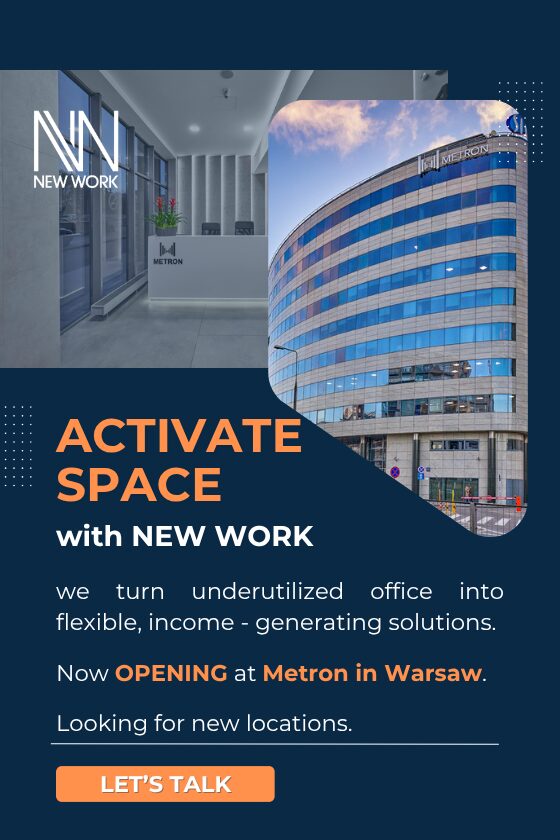JLL has summarised 2014 and analysed key trends and development perspectives for Poland’s retail real estate market. Anna Bartoszewicz-Wnuk, Head of Research and Consultancy, JLL, said: “Total modern retail floor space in Poland is around 12.4 million sqm, with shopping centres remaining the predominant format accounting for 8.82 million sqm. In comparison, in 2004, when Poland entered the European Union, shopping centre stock stood at only 3.8 million sqm. This means that we witnessed a 132 percent growth over ten years.”
2014 closed with 332,000 sqm of new shopping centre stock – less than in 2013 (466,000 sqm). Shopping centres were delivered predominantly in cities with fewer than 100,000 residents (45 percent), followed by cities with population between 100,000 and 200,000 (26 percent). The biggest shopping centres to enter the market in 2014 were: Atrium Felicity (75,000 sqm) in Lublin, Galeria Warmińska (41,000 sqm) in Olsztyn, Galeria Siedlce (34,000 sqm) in Siedlce, and Galeria Amber (33,500 sqm) in Kalisz. In Q4 alone, shopping centre market expanded by 65,000 sq m in three new projects: Vivo! in Piła (23,800 sqm), Centrum Galardia in Starachowice (18,000 sqm), Galeria Dębiec in Poznań (9,800 sqm), and a number of extensions (11,800 sqm in CH Rywal in Biała Podlaska as the largest).
Anna Wysocka, Head of Retail Agency, JLL, said: “Most of the projects delivered in smaller cities are tailor-made and adequate to the size of a particular market, but still designed in accordance with the latest market trends. Projects developed in larger cities are not only filling geographical gaps, but are also introducing new qualities such as being environmentally-friendly and offering attractive public space. They also provide interesting development opportunities for retailers who pursue expansion on a particular market but are unable to find sufficient units in existing prime locations. New projects entering already saturated markets present challenges for ageing schemes and those which are considered secondary. As the competitive environment changes and improves in quality, weaker centres may be facing higher vacancies. This may further deteriorate their position if proper strategy is not implemented. This will be the case not only in smaller cities, but also in some of the largest agglomerations.”
Throughout the year, the shopping centre density increased from 220 to 229 sqm/ 1,000 residents. Upon completion of all shopping centres now underway, a shopping centre density of 248 sqm/ 1,000 residents is expected – still below the Western European average of 260.
Total of 476,000 sqm on new retail space (across all formats – shopping centres, retail parks, outlet centres and retail warehouses) was delivered to the market in 2014.
As of the end of 2014, over 707,000 sqm of shopping centres remained under construction, with almost 547,000 sqm scheduled for completion in 2015. However, this figure will most likely be reduced as construction delays are not infrequent. Yet, if delivered, this would make 2015 the most fruitful year, completions-wise, since 2009.
The largest projects in the pipeline for 2015 include Zielone Arkady in Bydgoszcz (50,000 sqm) and Sukcesja in Łódź (45,000 sqm), while the largest project currently under construction is Posnania in Poznań (99,000 sqm, scheduled for 2016). Also, extensions and refurbishments of existing centres continue to be among the most important market trends.
40 percent of new shopping centre supply will be delivered in major agglomerations.
“In 2014, retailers were open to stable, yet selective expansion throughout the country. The expansion of the largest chains could be characterized as multi-dimensional. Established brands continued to penetrate smaller cities and increased store densities in the best performing markets. At the same time, some retailers announced the introduction of new brands – e.g. a Tab by LPP Group. Importantly, expansion managers no longer merely examine the given location and its competitive environment, but also consider the general macroeconomic characteristics of a given city and its catchment with potential market drivers and future development scenarios,” Anna Wysocka added.
24 foreign brands entered Poland’s retail market in 2014. Among those who made their debut in Q4 were: Kipling, JOOP! (furniture and home décor accessories), Nuna Lie, Twin-Set, Kiko-Milano, Imaginarium, Avon Studio and Calvin Klein Watch & Jewelry. Also, Inside, Olimp Live and Fight, Gattinoni Roma, NEO, Devred 1902, Sinequanone, Undiz or Kiehl’s Since 1851, among others, entered the market earlier in 2014.
Prime shopping centre rents, which refer to shop units of 100 sq m earmarked for fashion & accessories, located in best-performing assets in a given city, traditionally remain the highest in Warsaw. In 2014, the rents remained stable in most markets, with the exception of the Tri-City and Szczecin, where a respective 5 percent and 10 percent increase was recorded during the year. An increase was also seen in the prime schemes of Warsaw, where tenants must be prepared to pay €105/ sqm/ month in leading shopping centres.
The total volume of retail investment transactions concluded in Poland in 2014 amounted to approximately €570 million, with the most notable transactions being the sale of Poznań City Center by TriGranit, Europa Capital and Polish State Railways to the consortium of Resolution and ECE Fund for an undisclosed amount; and the acquisition of Focus Mall in Bydgoszcz by Atrium European Real Estate from Aviva Investors for €122 million. Importantly, there is a number of retail investment deals at very advanced stages that were expected to close in Q4 2014 but were delayed to 2015 (a significant number of these transactions is expected to be finalized in Q1). Investors’ sentiment for retail in Poland continues to be strong and volumes in 2015 are expected to significantly exceed those recorded in 2014. Since the beginning of the year, new retail investment opportunities have already been presented to the market and JLL expects a very active year.







